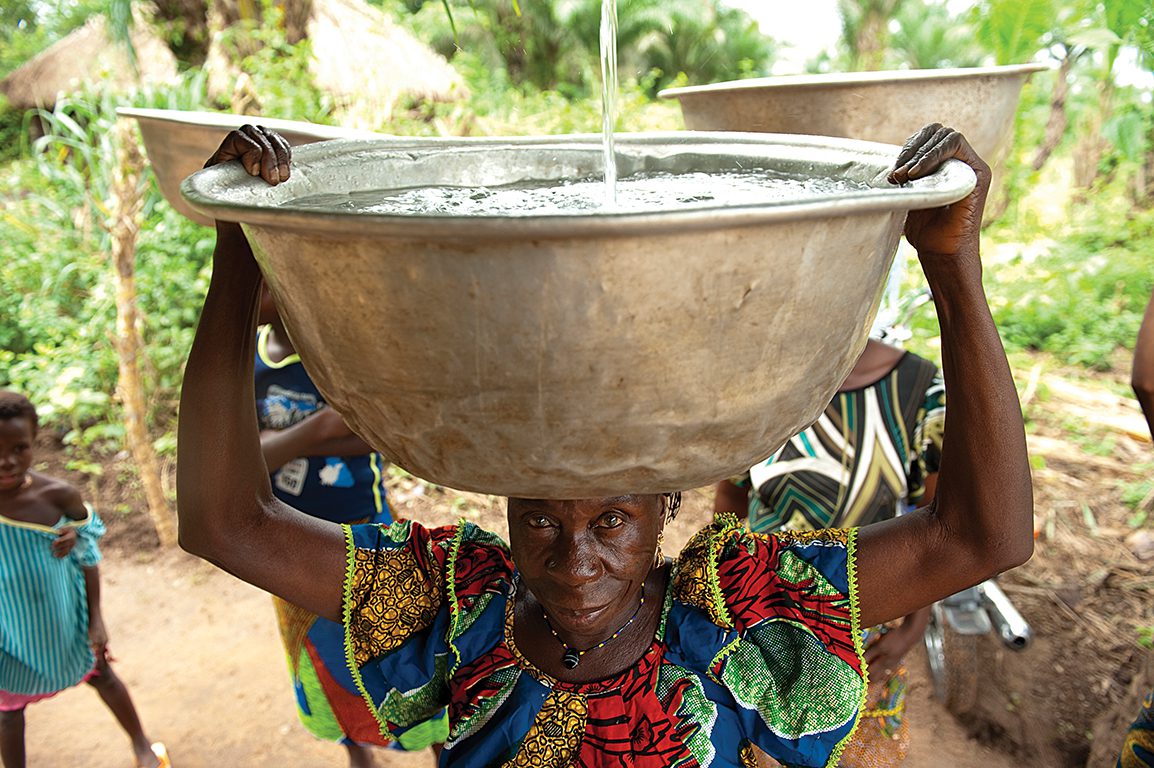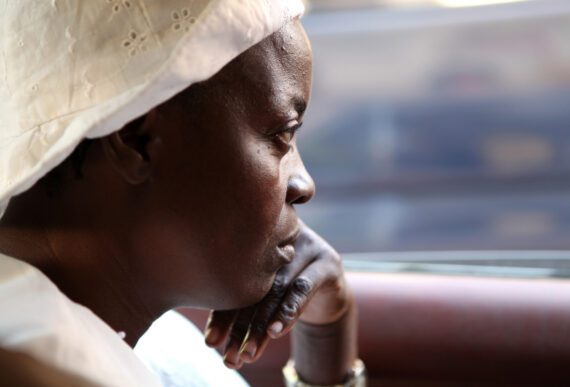By Jordan Teague, Bread for the World Institute
March is heavily focused on hunger and poverty issues, with Women’s History Month, “March” 4 Nutrition, International Women’s Day (March 8), National Agriculture Day (March 15), and World Water Day (March 22) all converging.
The areas of nutrition and food security, women’s empowerment, and water, sanitation, and hygiene (WASH) converge as well. Progress in one area depends on progress in the others. For example, women are more likely to be hungry, particularly those in female-headed households and in cultures where they are expected to eat last and least. With equal access to resources, female farmers can increase their yields by up to 30 percent. Malnutrition, lack of clean water and sanitation, and diseases are a vicious cycle that kills millions of young children every year. Effective WASH projects include women in decision-making and leadership responsibilities and can ease their burden of unpaid labor.
As Bread for the World Institute reported in our 2015 Hunger Report, When Women Flourish… We Can End Hunger, hunger and poverty disproportionately affect women and girls because of discrimination – in economic resources, political access, and social status. It is important, then, that efforts to improve the lives and well-being of communities around the world prioritize women’s full inclusion as leaders and participants.
The Sustainable Development Goals (SDGs) are a set of 17 goals that 193 countries are working to achieve by 2030. The SDGs include ending hunger and malnutrition, achieving food security, ending poverty in all its forms, achieving universal access to safe drinking water and sanitation, and empowering all women and girls. Gender equality is, rightly, a goal of its own, but upon closer inspection, women and gender are also prominent in the other goals.
- Goal 2: End hunger, achieve food security and improved nutrition, and promote sustainable agriculture. One of Goal 2’s targets is eliminating all forms of malnutrition. This includes those that commonly affect adolescent girls, pregnant women, and lactating mothers — for example, anemia, which affects 500 million women globally and is a leading cause of maternal mortality. It damages women’s physical capacity, work performance, and well-being – so it also impacts food security and agricultural yields.
- Goal 5: Achieve gender equality and empower all women and girls. The targets in Goal 5 include recognizing the value of the unpaid, often overlooked caregiving and household tasks that take up so much of women’s time. Easing this burden will require providing public services and social protection as well as ensuring women’s equal opportunities to participate fully in public life and equal access to economic resources. Improving nutrition and WASH for women, combined with reducing their burden of unpaid work, will open more avenues to achieve global gender equality and meet the other SDGs.
- Goal 6: Ensure availability and sustainable management of water and sanitation for all. Access to safe drinking water and sanitation saves women time in collecting water. Girls are far less likely to drop out when schools have single-gender bathrooms with improved sanitation. More broadly, better WASH at home and school allows women and girls to spend more time learning, earning income, and improving their families’ lives.
To meet the SDGs by 2030, governments, donors, development workers, and communities must combine efforts to elevate both the needs of women and girls and their critical contributions to the goals. The interdependent issues of hunger, malnutrition, women’s empowerment, and WASH require a holistic approach to human lives and well-being – particularly the lives of women and girls.
Jordan Teague is the international policy analyst for food security and nutrition at Bread for the World Institute.



